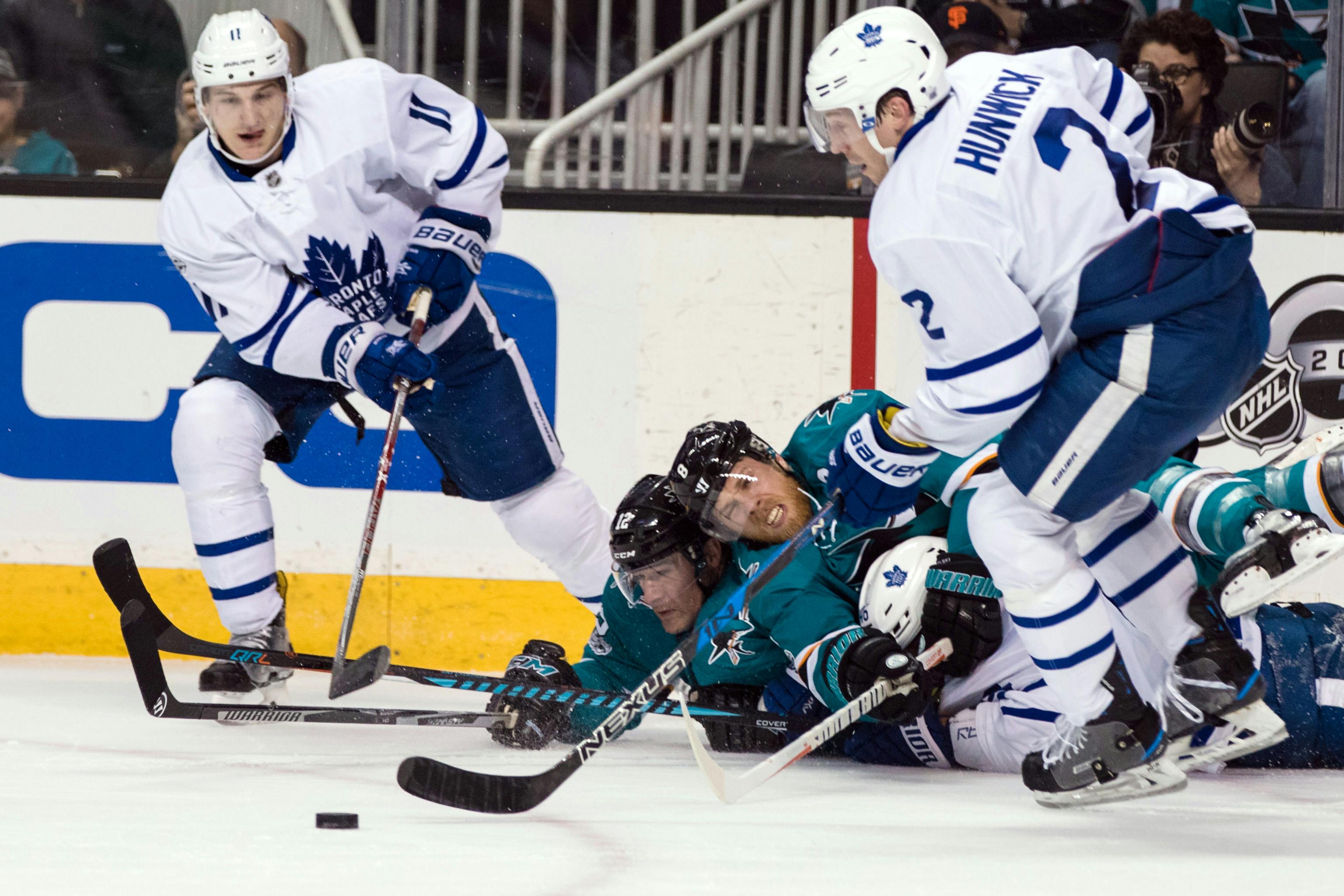The Case Against Signing Patrick Marleau
Photo credit: John Hefti-USA TODAY Sports
By Ian Tulloch
Sep 5, 2017, 13:54 EDT
Breaking News
- Former Panther Brandon Montour says Florida will be ready to respond in Game 3
- Panthers’ biggest stars have been quiet against Maple Leafs – but don’t expect that to last
- NHL betting preview (May 9): Maple Leafs vs. Panthers Game 3 predictions
- Brandon Montour reveals Toronto was a serious consideration in free agency last summer: Leafs Morning Take
- Craig Berube praises Chris Tanev’s shot blocking abilities ahead of Game 3 vs. Panthers
